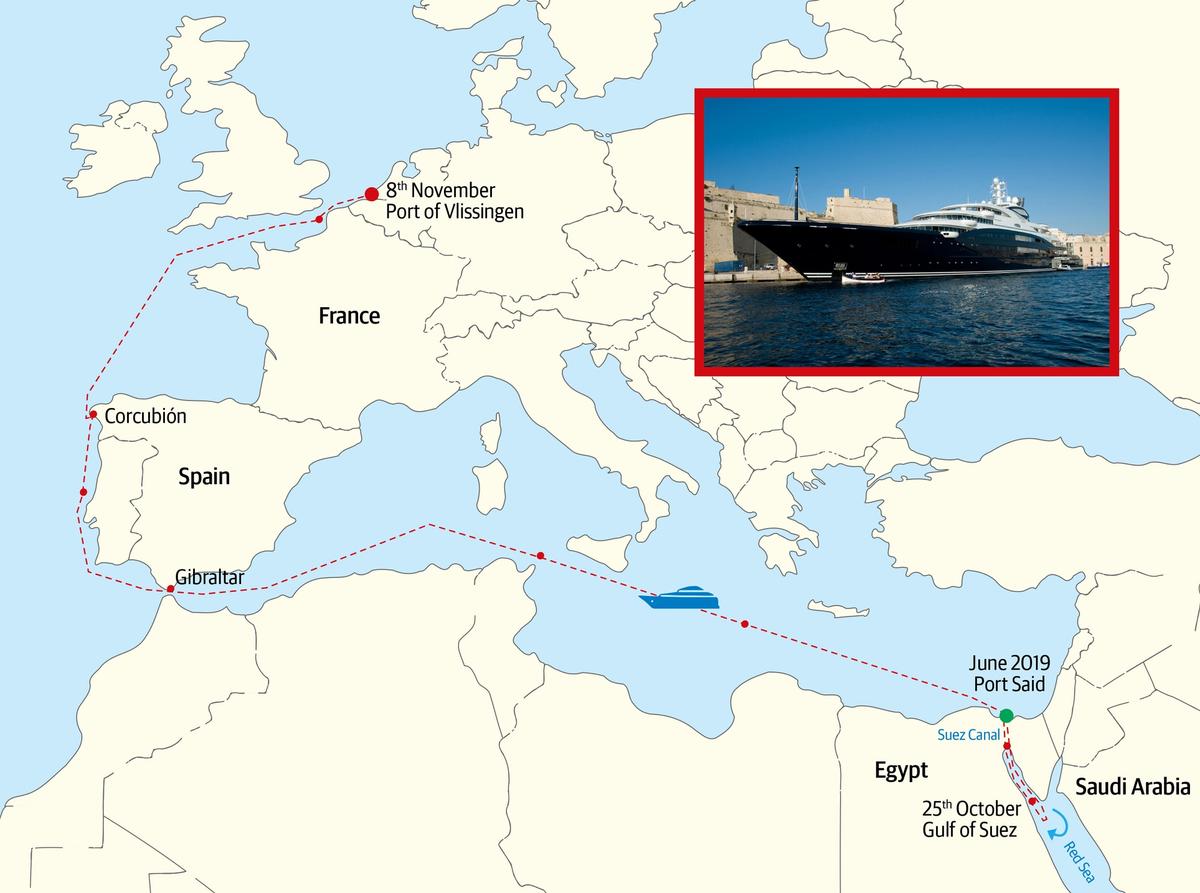Ever since the Louvre in Paris opened its Leonardo exhibition sans Salvator Mundi two weeks ago, speculation has run high that the $450m painting might yet appear in the display before it closes in February. A missing catalogue entry suggests the panel nearly made it to Paris as do the indemnity arrangements secured by the museum which include differing insurance caps for the show depending on whether the Salvator Mundi is included.
We have been here before. In December 2017, the Louvre Abu Dhabi announced in a tweet that “[we] are looking forward to displaying the Salvator Mundi by Leonardo da Vinci”. Then, nothing. No painting. No explanation. And no replies to the numerous press queries.
The silence stoked the wild and ongoing press speculation about the painting’s location, ownership and attribution (yes, guilty). The painting has “vanished” declared numerous newspapers; it is “lost” and “will never be seen again” lamented others. Theories about its location ranged from the sensibile (it is in storage in Switzerland) to the seemingly outlandish: it is on a yacht owned by the Saudi Arabian Crown Prince Mohammed bin Salman.
The prince, who is widely believed to have bought the Salvator Mundi at Christie’s New York on 15 November 2017 via an intermediary, “whisked away [the painting] in the middle of the night on [his] plane and relocated it to his yacht, the Serene,” according to a report by Kenny Schachter published on Artnet on 10 June.

Is the Salvator Mundi en route to Paris?
Citing two sources “involved in the [sale]” of the work, Schachter speculated that the prince will keep the world’s most expensive painting on the superyacht he bought for €500m in 2015 from the Russian vodka tycoon Yuri Shefler until it goes on display in the ancient Saudi precinct of Al-Ula which is currently being transformed into a vast cultural hub.
The suggestion was widely reported in the mainstream media and simultaneously dismissed by dubious art world experts. Nobody would keep a painting that valuable at sea, no matter how well provisioned the yacht or how well guarded.
And yet. Inquisitive minds will enquire. We started tracking the Serene the same day we read Schachter’s report. In June, the superyacht was moored near the Egyptian city of Port Said in the Mediterranean. And there it remained for weeks. Later, it headed south into the Red Sea, moving yet further away from Paris and the Louvre.
And then something unexpected happened. On 25 October, the day after the public opening of the Louvre’s Leonardo exhibition, the Serene abruptly departed the Red Sea and headed north towards the Suez Canal. It navigated through the passage and turned west, crossing the Mediterranean. After passing through the Strait of Gibraltar, it turned north, navigating past Portugal before making a brief stop in Spain. Then, it continued its journey north, passing past France before turning east into the English Channel. And finally, yesterday, the Serene was scheduled to dock at the port of Vlissingen in the Netherlands, a four-and-a-half-hour journey from Paris, at 8pm according to a route forecast from MarineTraffic.com (at the time of publication, an updated position report was not yet available).
Why would a superyacht, which usually moves from one warm-weather, billionaire’s playground to the next, suddenly circumnavigate Europe and head into the North Sea? Will the Salvator Mundi be unloaded today and transported to the Louvre? Could Schachter have been right all along? If the Salvator Mundi appears in Paris in the next week we may deduce so. If not, consider this just one more speculative story fuelling the myth surrounding the most talked about Old Master painting of our times.
Obviously, the Louvre declined to comment.


